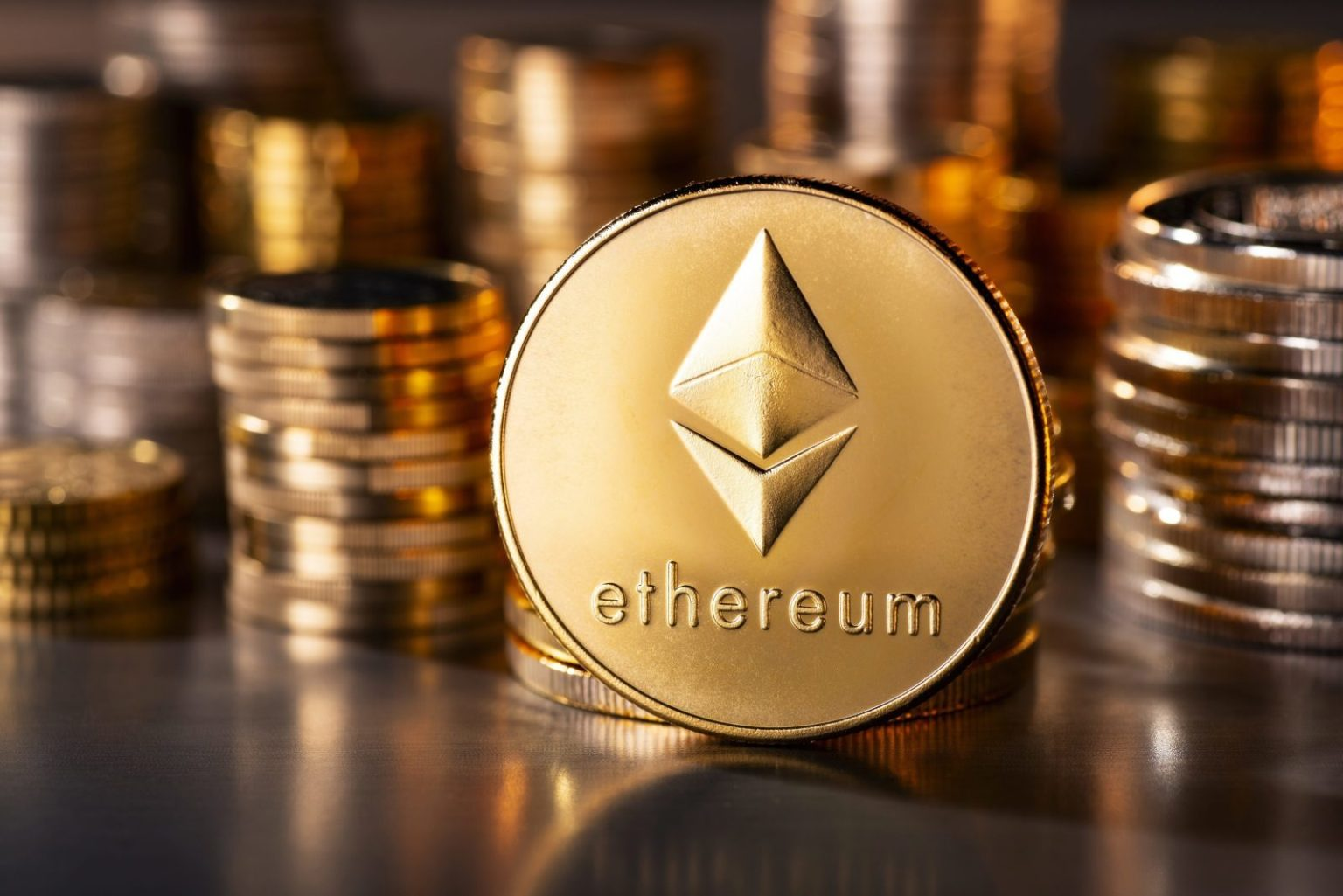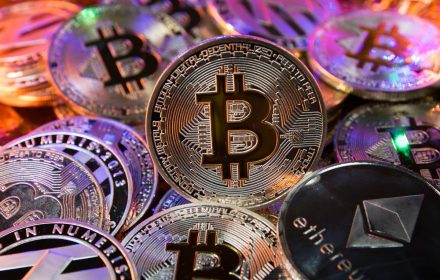The digital asset market entered 2025 with new rules of the game. Investors and traders no longer rely solely on loud names but analyze real liquidity, regulatory transparency, and platform security.
This is why the rating of the best crypto exchanges in 2025 by CoinGecko and other reputable agencies has become a benchmark for choosing platforms that combine convenience, reliability, and competitive conditions.
## Global Trends and Criteria for Selecting Crypto Exchanges
The rating of the best crypto exchanges in 2025 is based on strict metrics. CoinGecko evaluates exchanges based on the quality of order book liquidity, API stability, levels of user fund protection, and the completeness of proof-of-reserves.
Forbes and Coindesk add their own criteria: reliability of corporate governance, transparency in complying with KYC/AML, adaptation to new MiCA and VARA norms, as well as innovative tools in the Web3 ecosystem.
Key indicators:
– Average spread in BTC/USDT and ETH/USDT pairs;
– Order book depth in $100,000 transactions;
– Confirmed proof-of-reserves without audit gaps;
– Spot and futures trading volume;
– Regulation and licensing in EU, UAE, and Singapore jurisdictions.
This multi-level verification allows identifying not only major players but also sustainable ecosystems with long-term strategies.
## CoinGecko and Analytical Agencies: Why Their Findings Matter
CoinGecko publishes the rating of the best crypto exchanges in 2025, evaluating over 800 platforms. Each platform receives scores for liquidity, security, innovation, and user experience. Forbes adds expert analysis of business models, while Coindesk examines legal stability, regulation, and platforms’ involvement in shaping new Web3 standards.
The convergence of conclusions from multiple agencies enhances trust in the final assessment. If an exchange ranks highly in CoinGecko and is mentioned by Forbes and Coindesk simultaneously, it means it combines high liquidity, strict KYC/AML policy, and reliable proof-of-reserves.
## Rating of the Best Crypto Exchanges in 2025
The global crypto trading landscape has shifted: regulatory growth and demand for transparency have altered the balance of power. The list of top crypto platforms shows that leaders no longer compete solely in trading volumes—they are building resilient ecosystems with technological and legal advantages.
Global market leaders:
1. Binance maintains leadership in liquidity depth but adjusts operations under regulatory pressure, complying with MiCA in the EU and VARA in Dubai.
2. OKX enhances competitiveness through Web3 services and innovations in the DeFi segment.
3. Bybit focuses on futures and derivatives with low trading fees.
4. MEXC expands presence in the CIS and Asia, maintaining an accessible entry threshold and a wide range of tokens.
5. KuCoin develops an ecosystem for retail investors, offering a flexible fee system and profitability programs.
6. Gate.io actively publishes proof-of-reserves and implements enhanced KYC/AML to increase user trust.
Such a variety of strategies fosters dynamic competition and stimulates innovation in the industry. The rating of the best crypto exchanges in 2025 vividly demonstrates how different approaches help platforms retain traders’ and investors’ trust amid growing regulatory scrutiny.
## Comparison of Conditions: Fees, Liquidity, Security
Analysts meticulously compare key parameters of trading platforms to highlight the strengths and weaknesses of each market player.
To ensure the rating reflects the real picture, analysts conduct a thorough comparison of trading fees for crypto exchanges in 2025. The focus is on fees, liquidity depth, and real measures to protect user capital.
Average spot market fees:
– Binance—0.1% to 0.02% when using BNB;
– OKX—0.08% with additional discounts;
– Bybit—0.1% on spot and 0.01% for makers on futures;
– MEXC—0% for certain spot pairs and 0.01% for futures;
– KuCoin—0.1% at the start and up to 0.0125% for higher trader levels;
– Gate.io—0.2% at the base level with reductions for active users.
Security is enhanced by verifying proof-of-reserves, two-factor authentication, and cold storage of assets. Exchanges with top ratings provide regular reports on reserve volumes and transparent asset insurance mechanisms.
## Regulation and Legal Stability
Since the end of 2024, new MiCA rules in the EU and VARA in the UAE have come into effect, directly impacting the 2025 rating. Exchanges that have been licensed and have established transparent KYC/AML procedures have received higher positions.
Binance, OKX, and Bybit have already adapted their operations to meet MiCA requirements, ensuring clear separation of client and corporate assets. Gate.io and KuCoin have strengthened local regulations for Asian and CIS markets. MEXC, focusing on the retail segment, implements a flexible identification system and expands deposit insurance.
## Criteria for Choosing an Exchange in 2025
Choosing a trading platform is no longer a simple decision—the market is regulated, and risks are increasing. The list of the most reliable crypto exchanges helps identify strong market players.
For an informed choice, it is important to evaluate key parameters:
– Commission—fixed rates for spot and futures, volume discounts.
– Liquidity—depth of the order book and speed of executing large orders.
– Security—proof-of-reserves, multi-level protection, and asset insurance.
– Regulation—compliance with MiCA, VARA, transparent KYC/AML procedures.
– Trading instruments—availability of futures, spot, options, margin products.
– Web3 Innovations—access to DeFi products, NFT platforms, staking.
– Global Support—interface localization and services for users from the CIS.
This approach simplifies platform comparisons and reduces the likelihood of choosing a platform with high hidden costs. Using these criteria makes crypto exchanges a real tool for accurate analysis and safe asset management.
## Impact of Innovations and Web3 on Exchange Positions
The implementation of Web3 has become a key factor in rating growth. The rating of the best crypto exchanges in 2025 shows that OKX integrates its own wallet and DeFi protocols, Bybit develops an NFT platform and gamifies trading, KuCoin adds multi-chain functions. Binance focuses on launching infrastructure for institutional clients, while Gate.io actively develops Web3 hubs for new projects.
Innovations enhance not only trading convenience but also resilience to regulatory challenges, as distributed architecture reduces the risks of centralized control.
## Conclusion: Rating of the Best Crypto Exchanges in 2025
The rating of the best crypto exchanges in 2025 demonstrates the industry’s transition from a race for volumes to a battle for service quality, transparency, and technological maturity. Market leaders offer deep liquidity, competitive fees, reliable protection, and support for the Web3 ecosystem. Choosing a platform requires analysis of fees, proof-of-reserves, regulation, and innovations—these factors shape a sustainable strategy for trading and investments.
 en
en  de
de  ar
ar  es
es  hi
hi  fr
fr  nl
nl  it
it  pt
pt  el
el 



